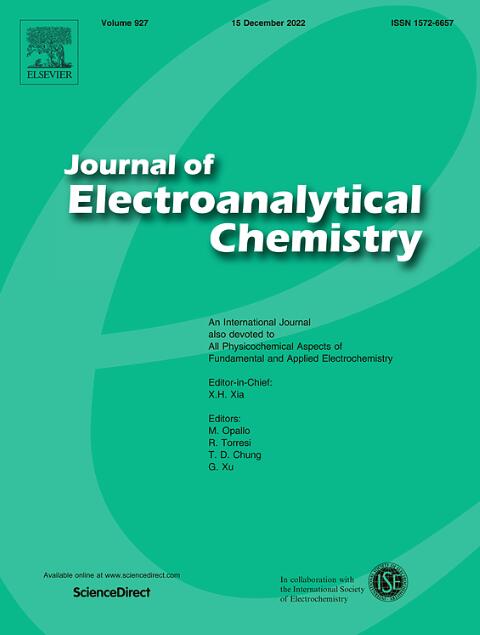Electrochemical evaluations of the commercially available inhibitor Trasar Trac102 were carried out under static and hydrodynamic conditions on API 5L X65 steel immersed in NaCl 3% wt. By Electrochemical Impedance Spectroscopy (EIS) techniques, obtaining the best efficiency of 95.4% under static conditions at 20 ppm. It was detected by rotating cylinder electrode that as the revolutions per minute of 100, 500 and 1000 rpm were increased, the inhibition efficiency tended to decrease as a result of the adsorption–desorption process of the organic molecules by the rotation rate. The results showed that the adsorption type of Trasar Trac102 on API 5L X65 steel in NaCl 3% wt was to form a monolayer on the metal surface according to the model fit with Langmuir isotherm. Scanning Electron Microscopy (SEM) was used for surface characterization, which shows a great difference in the target systems with corrosion products as a result of the deterioration caused by the corrosive medium and in the presence of the inhibitor. The results of the chemical analysis (EDX) show a significant decrease of oxygen in the presence of the inhibitor, suggesting that Trasar Trac102 is adsorbed directly on the steel. Dispersion-Corrected Density Functional Theory (DFT) calculations were used to characterize the interactions between the inhibitor components and the steel surface by a cluster approach. Mostly, chemisorption was explained by bonds established between oxygen atoms of inhibitor components and iron ones of the steel surface. Due to their free binding energies computed, metasilicate and mercaptobenzothiazol are expected to interact strongly and to adsorb spontaneously on the steel surface. Also, metasilicate is the component that obtained the largest charge transference to iron cluster.


